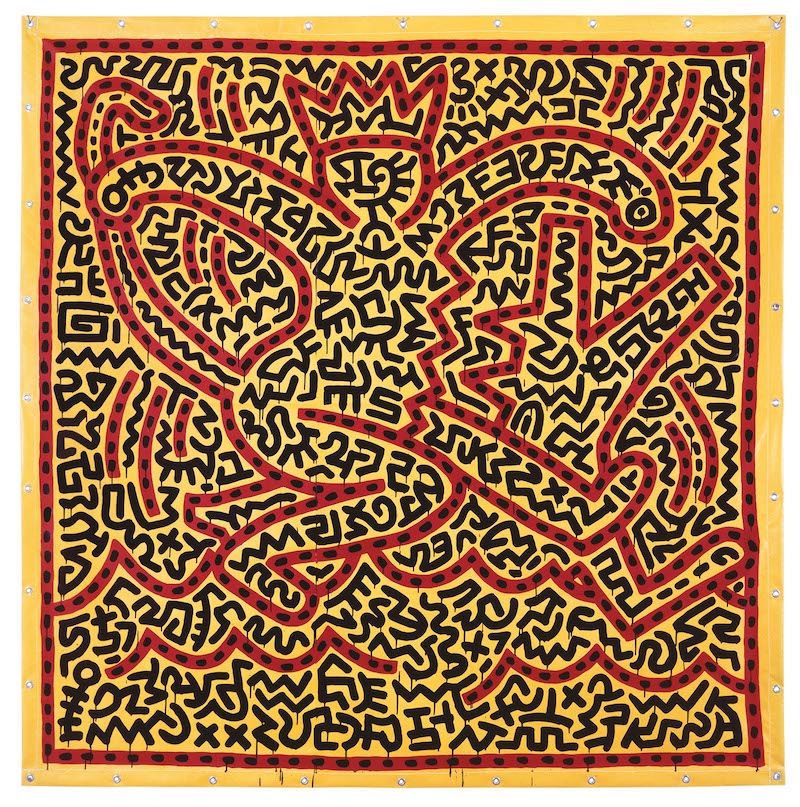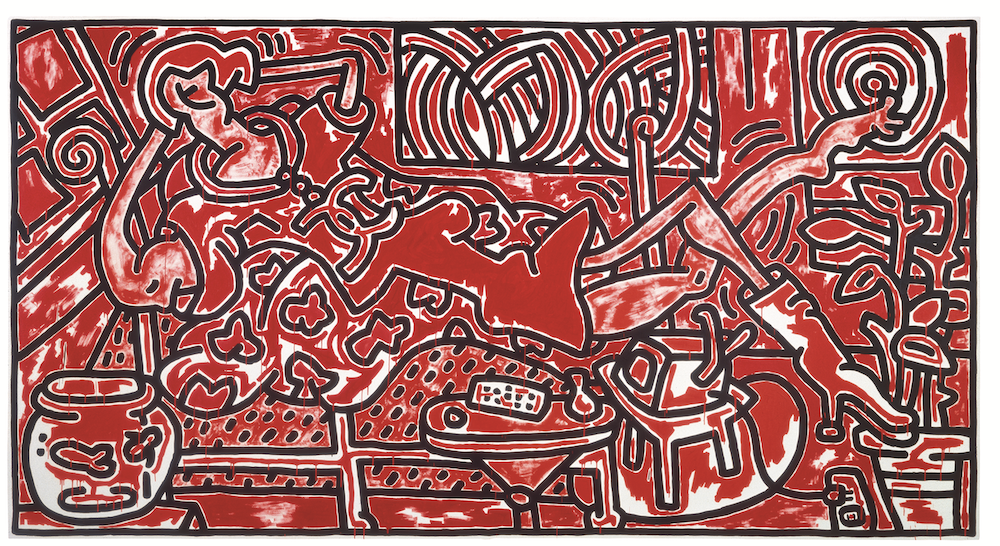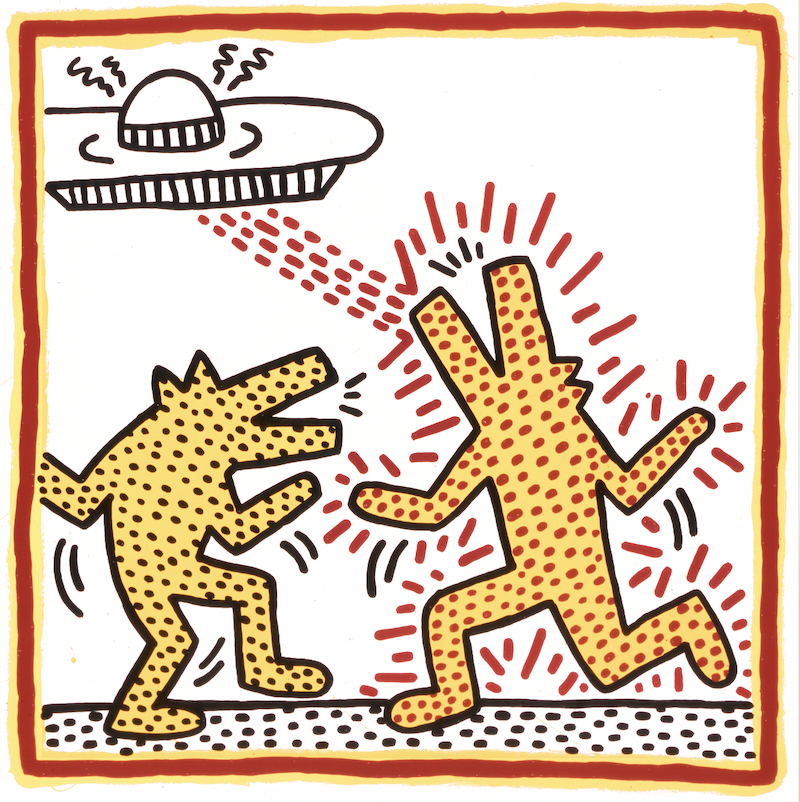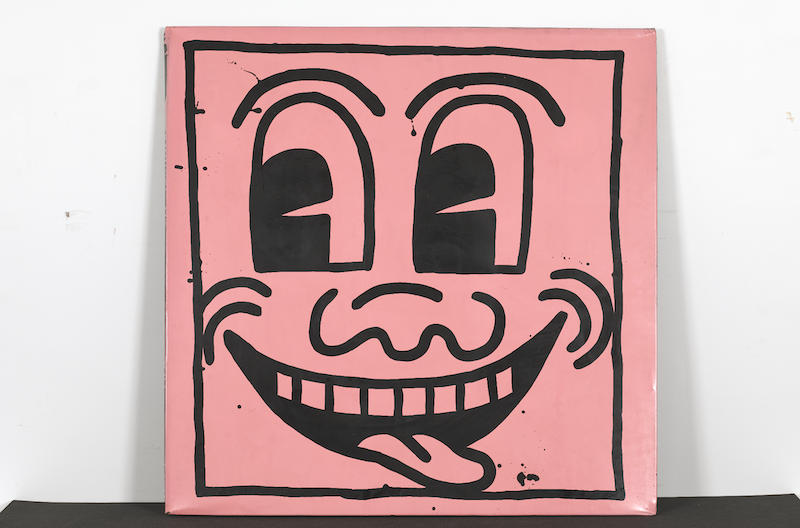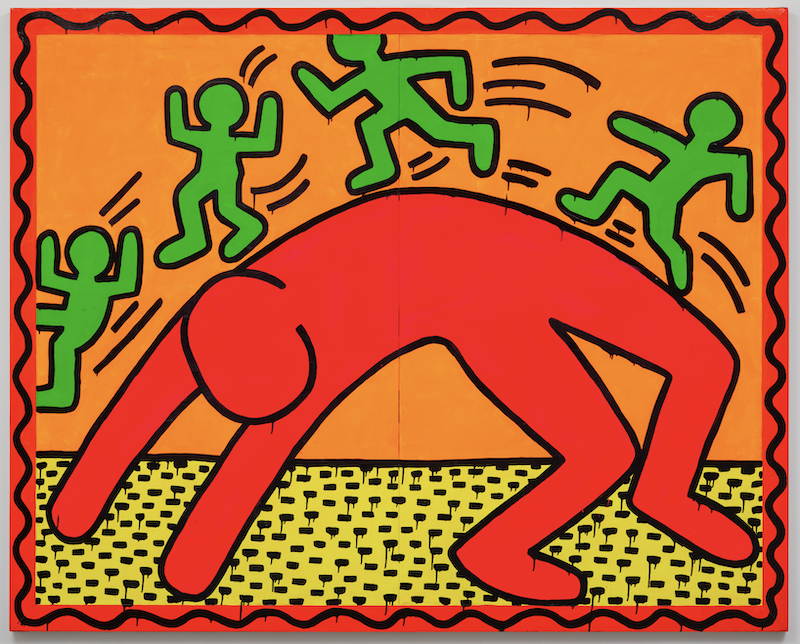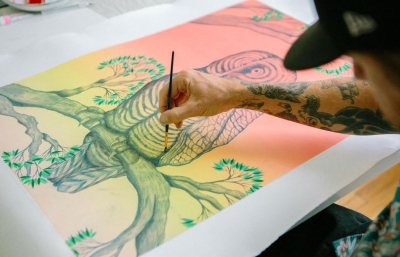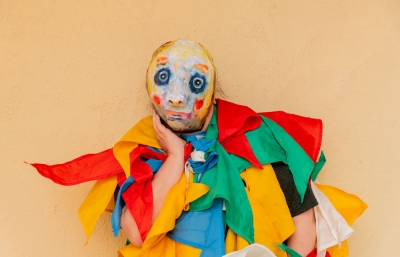As soon as a young Keith Haring put pen to paper, he laid claim to a unique aesthetic, original and seminal. What looked deceptively simple were bold paintings and drawings that first appeared on the street, then to a studio practice, outlines that were dramatically relevant on a canvas or a coffee mug. Haring is a line-in-the-sand sort of figure in the art world. Possibly more than Warhol, he demonstrated that pop culture, pop consumption, and fine art could be applied to a mass scale.
This summer, in what promises to be a blockbuster, The Broad will present Keith Haring: Art is For Everybody, the first and long overdue museum survey of the late painter’s work in Los Angeles. Over the course of 120 artworks and archival material, the icon will be presented by his icons, his signature character works that traversed from the subways of NYC to the prominence of gallery works, from murals around the world to the incarnation of the Pop Shop. And yet, it wasn’t just his ascendancy across different mediums and avenues, but that Haring’s characters evolved with him, grew more political, more tenacious, more subdued, even up to his untimely death at the age of 31 from complications of AIDS. He famously wrote in his journals that “Nothing is important… so everything is important.” This so perfectly captures the essence of why such a show is needed, and titled, as such. Haring made art accessible without losing its nuance and power to articulate deeper human emotions. He made himself available, but rarely at the expense of his craft. Featured prominently in this exhibition will be Haring’s work in nuclear disarmament and the anti-Apartheid movements, deeply enriching our understanding of where his career would have ventured had his life not ended so soon. He thought of everybody, he made work for everybody, and now all of us can experience that magic. —Evan Pricco

